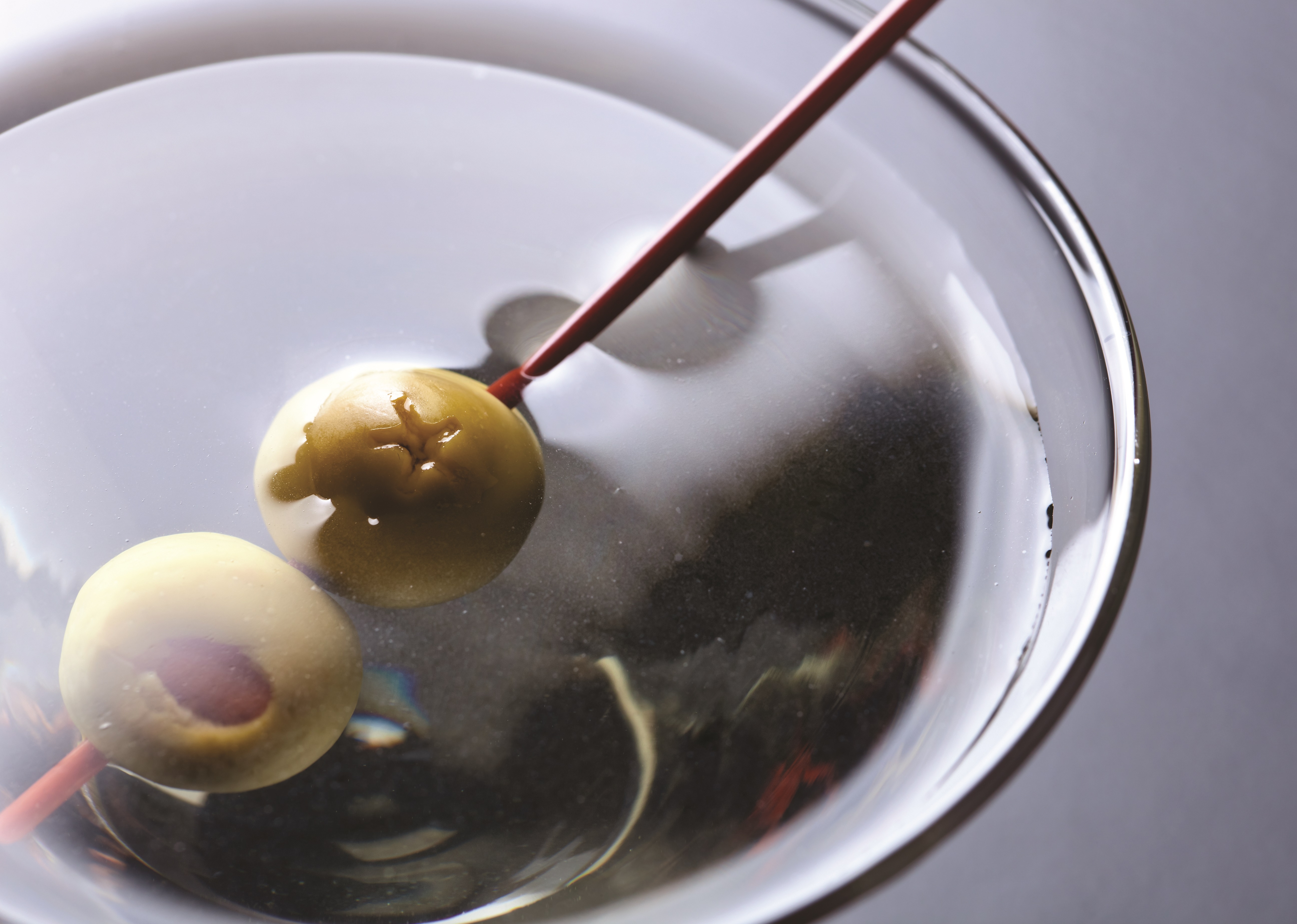John Burke, Martini global vice-president, says this is also the category’s biggest opportunity. “Vermouth is still relatively unknown to the new generation who need to learn how to consume and when to enjoy vermouth in a modern way.”
He says the category needs to accelerate the millennials’ personal discovery of vermouth. “Typically it takes two to three years for consumers to try and then adopt a brand as part of their permanent consumption repertoire. If we want this to change we need to invest at scale and single-mindedly.”
Bacardi says Martini – as the number one vermouth brand in the world – has the scale, focus and commitment needed to make it happen.
Education and understanding are just as important for smaller brands and new entrants. Roberto Bava, managing director of Cocchi and manager of export says: “The market is currently experiencing a period of change with new vermouths coming from different parts of the world.
“One thing that may begin to present itself as a challenge for regulators is quality definition, with so many different styles of aromatised wines being created under the name ‘vermouth’.”
Torretta seconds this: “As happened a few years ago (and it’s still going on now) for the gin category, now everyone wants their own vermouth. Every day a new brand of vermouth is born. But there is no history behind them.
“From our point of view the biggest challenge is to transmit the message that vermouth is not only a ‘cool’ product of the moment, it is one of the most classic spirits, with a very old history, rich in tradition.”
He says the industry must reinterpret the classic in a modern way, while remaining true its origins.
APERITIF RECOVERY
Aperitif and digestif culture took a hit when drink-driving laws became more stringent and people dropped them to cut down alcohol consumption.
Sales have now recovered and the before and after-meal drink culture is growing – mainly in big cities where consumers use their cars less and commute instead with public transport.
Martini’s Burke explains: “The concept of aperitivo has evolved from a southern European experience to a global trend.
“We estimate that aperitivo accounts for approximately 30% of total alcohol consumption occasions. We expect continued growth in this occasion helping to drive category growth for vermouth.”
LOW ABV
Now, arguably more than ever, low abv is also a drink’s USP. Burke says: “We see our low abv as an advantage and an opportunity.” He explains: “Consumers are more and more conscious about healthy living and this is reflected in current drinking habits. There is a need for tasty, sessionable, low-abv drinks that currently beer and still wine cover off as easy, ‘default’ drinks.”
MARKETS
Vermouth is satisfying needs in a number of markets.
More than 90% of Martini’s volume is export – 80% to its ‘stronghold’ Europe and 20% rest of the world. “Our biggest export market is undoubtedly Europe,” Burke says. “In western Europe this is driven by the 150-year tradition of vermouth and the fact that the drink is deeply entrenched in the Mediterranean culture.



